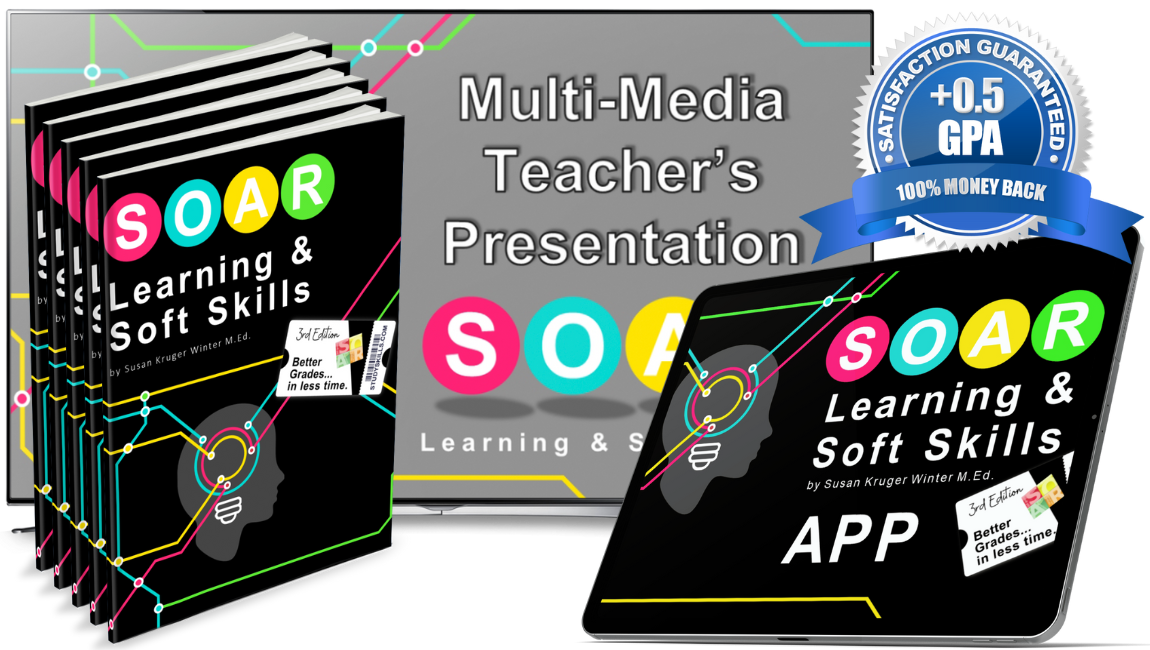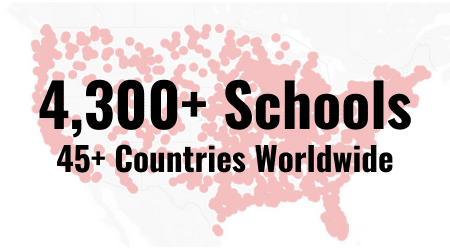Alignments
Alignments Directory
Common Core Alignment
CPALMS (Florida: Learning Strategies) Alignment
TEKS (Texas Essential Knowledge and Skills)
21st Century Skills & WorkKeys Alignment
SOAR® Covers 100% of the Common Core Anchor Standards!
The Common Core Anchor Standards are the ultimate outcomes expected of all high school graduates. THE ANCHOR STANDARDS ARE ALL STUDY SKILLS! Instead of waiting for students to graduate from 12th grade with these "outcomes," we can teach these skills FIRST! With these skills, students will soar through content easily. (Yes, pun intended!)
SOAR® Alignment with CPALMS (Florida)
CPALMS is the State of Florida's official source for standards information and course descriptions. SOAR is proud to align with the CPALMS Learning Strategies standards.
SOAR® Alignment with Texas Essential Knowledge and Skills (TEKS)
The Texas Essential Knowledge and Skills (TEKS) are the state standards for what students should know and be able to do in each subject and grade level. SOAR is proud to align with many of the TEKS standards across several subject areas and grade levels.
(Coming Soon)
21st Century Skills & WorkKeys Alignmentwhat
21st Century skills are 12 abilities that today’s students need to succeed in their careers during the Information Age. These skills are intended to help students keep up with the lightning-pace of today’s modern markets.
Free Study Skills
Curriculum Trial
Includes: SOAR Curriculum Trial Plus
Report: 3 Core Problems in Education (with Solutions!) Brian Biology of Learning Videos
"*" indicates required fields
SOAR® in the News
The SOAR® Curriculum
The most critical learning, organizing, and communication skills needed for school. Learn more here.
Who’s Using SOAR®?
Click here to learn more.





